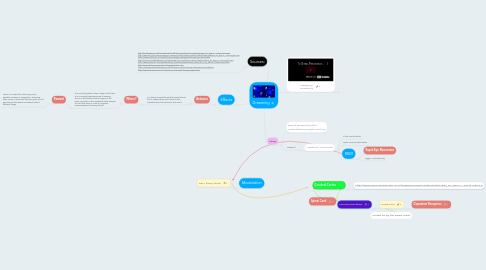Dreaming
作者:Lani Foglesong


1. Modulation
1.1. REM Sleep Starts
2. Sources:
2.1. http://healthysleep.med.harvard.edu/healthy/science/how/neurophysiology?_sm_byp=iVVr266LnLs3Lq6Q http://www.nih.gov/news-events/nih-research-matters/brain-protein-affects-aging-sleep?_sm_byp=iVVR2773j7ttWSFr https://www.nichd.nih.gov/health/topics/sleep/conditioninfo/Pages/rem-sleep.aspx http://science.howstuffworks.com/life/inside-the-mind/human-brain/dream2.htm?_sm_byp=iVVR2773j7ttWSFr http://www.ninds.nih.gov/disorders/brain_basics/understanding_sleep.htm?_sm_byp=iVVr266LnLs3Lq6Q http://serendip.brynmawr.edu/exchange/node/1798 https://www.psychologytoday.com/blog/dream-catcher/201601/dopamine-and-dreams http://www.livescience.com/21653-brain-chemicals-sleep-paralysis.html
3. Effects
3.1. Behavior
3.1.1. In cultures around the world humans believe that in dreams there are hidden truths revealed about themselves in the world.
3.1.1.1. Where?
3.1.1.1.1. The central paradox of REM sleep is that there is an increased responsiveness to sensory stimuli in the thalamocortical region of the brain (much like in the awakened state) despite the fact that there is a lack of cognitive responsiveness to sensory stimuli.
4. Coded for by the DRD4 Gene
5. Neurotransmitters
5.1. Dopamine
5.1.1. Dopamine Receptors
6. Sleeping / Dreaming
6.1. Destinations
7. Sleep
7.1. stimuli received by the ventrolateral preoptic nucleus
7.2. release of
7.2.1. Melatonin Hormones
7.2.1.1. in the Pineal Glands
7.2.1.2. EEGS measure alpha waves
7.2.1.3. REM
7.2.1.3.1. Rapid Eye Movement
7.2.1.3.2. Trigger Vivid Dreaming

